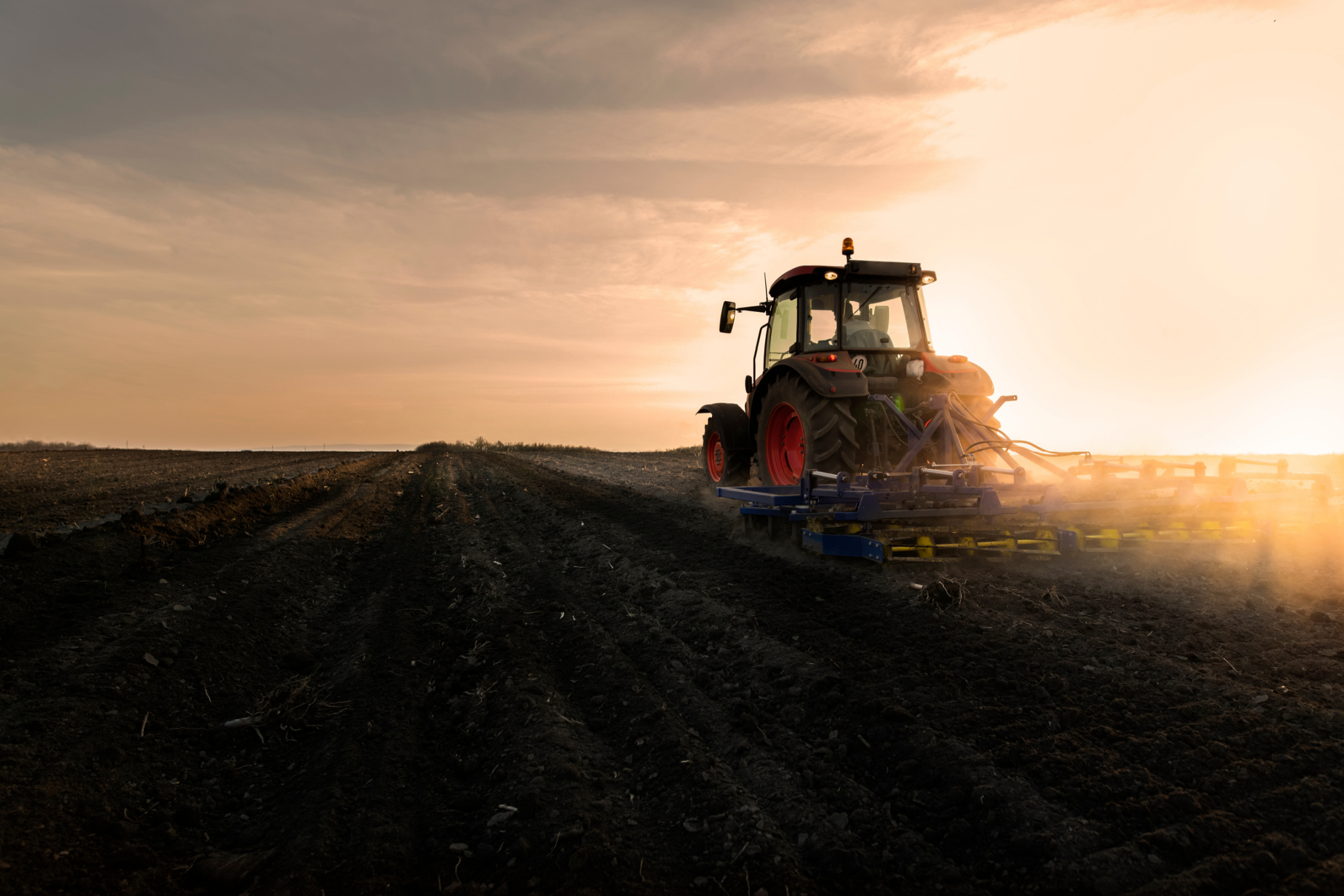No Bones About It: Your Skeleton is Stronger Than Steel! Did You Know?

When we think of things that are tough and unbreakable, steel is often at the top of the list. It’s the foundation of buildings, bridges, and vehicles, with strength that makes it an essential part of modern construction. But what if I told you your bones are actually five times stronger than steel? That’s right—pound for pound, your bones can withstand more pressure before breaking than steel. This little-known fact reveals just how remarkable the human body is and why it’s important to appreciate the unsung heroes of our body: our bones.
Bones are more than just the rigid framework that gives our bodies shape. They are complex, dynamic structures made of both organic and inorganic materials, designed to provide strength and support while keeping our bodies light enough to move. Bone is a composite material, made up of collagen—a tough, flexible protein—and calcium phosphate, which is responsible for the rigidity and strength of bone. This unique blend allows bones to be strong yet lightweight, enabling them to support the body without weighing us down.
The strength of bone comes from its ability to resist both compression and tension. When we say bones are stronger than steel, we’re talking about their ability to bear weight. Steel, while incredibly strong, can buckle or bend under the right pressure. Bones, however, are designed to withstand much more before giving in. In fact, bones can withstand approximately 170 megapascals (MPa) of force, which is five times stronger than steel’s 80 MPa capacity. Yet, despite their remarkable strength, bones remain relatively light—an essential feature that allows us to move freely and carry out everyday tasks. If our bones were as dense as steel, we would be far too heavy to move efficiently, making normal activities a challenge.
So, how do bones manage this impressive feat? The key lies in their structure. While steel is a solid, unyielding material, bones have a more sophisticated design. The inner part of the bone, known as the trabecular or spongy bone, is less dense and has a honeycomb-like structure that absorbs shock. The outer part of the bone, the cortical bone, is dense and provides strength. This combination gives bones the resilience they need to withstand pressure while still allowing for flexibility. The ability to absorb shock and disperse pressure is one reason why bones are so efficient—they can bend a little without breaking, unlike steel, which is rigid and can snap under stress.
Beyond their structure, bones are also incredibly dynamic. Unlike steel, which remains static once it’s made, bones are constantly being remodeled throughout our lives. This remodeling process allows bones to adapt to the demands placed on them. For example, if you start lifting weights or running regularly, your bones will respond by becoming denser and stronger. This adaptation is part of a process called bone remodeling, where old bone tissue is broken down and replaced by new, stronger bone. As a result, bones can strengthen in response to physical stress, making them more durable over time. Without this ability to adapt, we wouldn’t be able to maintain our bone strength as we age or as our physical activity levels change.
One of the most important aspects of maintaining strong bones is ensuring they get the nutrients they need. Calcium is a key player in bone health, as it helps form and maintain bone structure. Vitamin D is also essential, as it helps the body absorb calcium. Without enough of these nutrients, bones can become weak and brittle, increasing the risk of fractures. This is why it’s important to include calcium-rich foods, such as dairy products, leafy greens, and fortified foods, in your diet. For those who are at higher risk for bone loss, supplements may be necessary to maintain healthy bone density.
Exercise also plays a crucial role in keeping bones strong. Weight-bearing activities, such as walking, running, or lifting weights, stimulate the bones to remodel and become stronger. The more pressure bones experience, the more they adapt to become denser and more resilient. This is why physical activity is so important for maintaining bone health throughout life. It’s also why athletes and active individuals tend to have stronger bones than those who are sedentary.
While bones are incredibly strong, they do have their limits. Over time, bones can become weaker as part of the natural aging process, especially after reaching peak bone mass in our early 20s. This is particularly true for women, who are more likely to develop osteoporosis—a condition that causes bones to become weak and brittle. However, even in cases of bone thinning, bones are still incredibly durable and capable of withstanding a lot of pressure before breaking. That’s why bone health is so important: a well-maintained skeleton can last a lifetime and continue to support us as we grow older.
In conclusion, bones are far stronger than steel, providing a remarkable combination of strength, flexibility, and lightweight design that makes them perfect for supporting our bodies. Their ability to withstand pressure and adapt to stress is unparalleled, allowing us to live active, mobile lives. So, next time you think of something strong, remember to appreciate the incredible, unshakable strength of your own bones—they’re five times stronger than steel, after all! Taking care of them through proper nutrition, exercise, and lifestyle choices ensures that they’ll continue to support you for years to come. No bones about it.
RECENT










BE THE FIRST TO KNOW
More Content By
Think American News Staff









